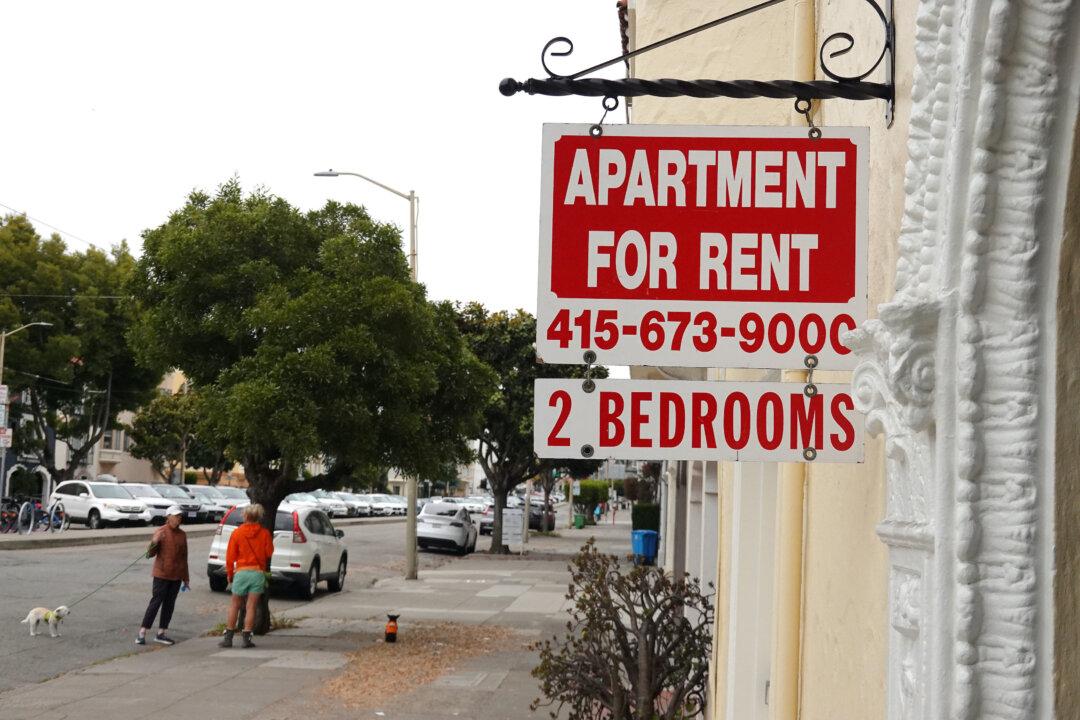California landlords are owed at least $1.8 billion in unpaid rental debt, ranking the state number two in the nation for total rental debt as COVID-19 era eviction moratoriums have ended, with evictions on the rise in some areas.
Los Angeles landlords alone are owed an estimated $860 million, according to a recent analysis by Oakland based Policy Link, a research organization, and the USC Equity Research Institute—which focuses on advancing racial and economic equity nationwide.





